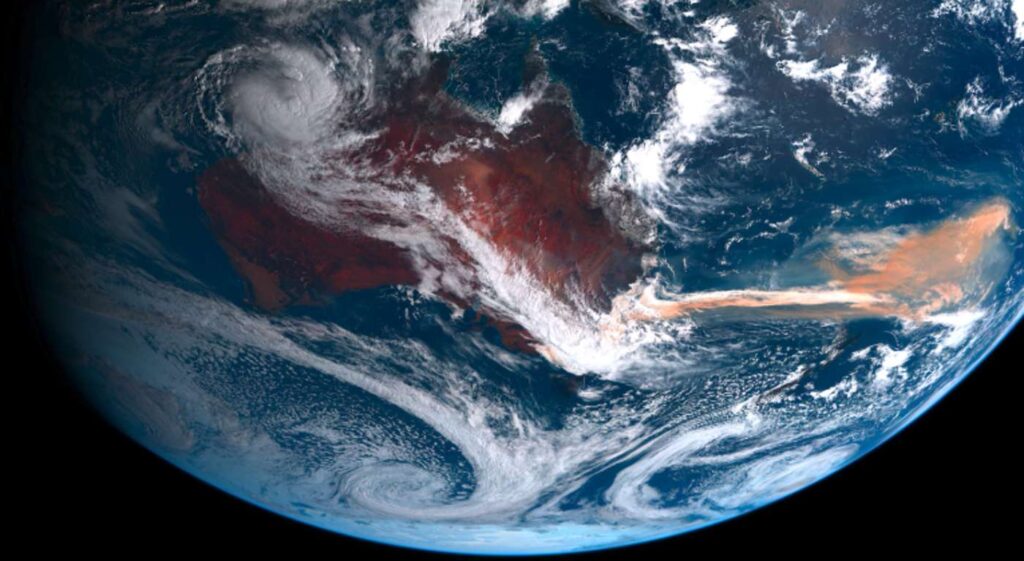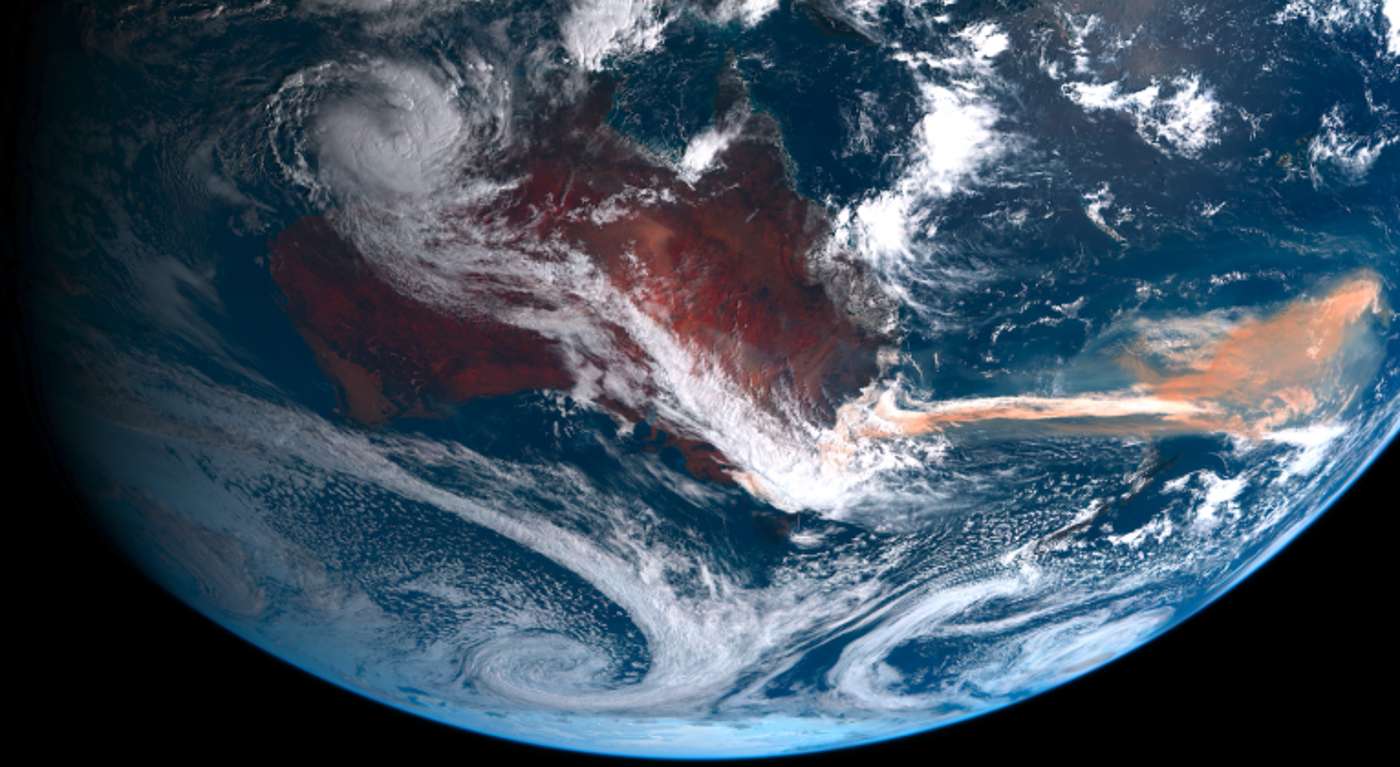
When 715 million metric tons of carbon dioxide was coughed up into the atmosphere from the massive 2019-20 wildfires in Australia, scientists feared global warming had just been given a steroid shot.
New research, however, reminds us of just how cyclical everything on our Earth is, by demonstrating that algal blooms in the ocean, feasting in floating deposits of iron-rich ash which rained down from the sky as a result of the fires, have absorbed 80% of all the CO2 which was emitted.
Iron promotes the growth of microscopic marine life called phytoplankton, which use photosynthesis to produce energy just like plants. One of these massive colonies, known as “blooms,” appeared off the coast of South Australia, and another, as wide as Australia itself, further out in the Pacific Ocean towards Chile, where they remained for about three months.
The data on their life cycle was gathered through satellites, and allowed Dr. Richard Matear and colleagues to compute how much CO2 they absorbed before disappearing. A large portion of the 80% of the wildfires emissions taken in by the phytoplankton would have been deposited in the ocean floor.
“It shows a very nice connection between the land and the ocean and how the system tries to balance things out,” Matear told New Scientist.
LOOK: A Swiss Resort is Swaddling the Mountain in Blankets to Stave Off Glacier Melt in the Summer
Since they sit on the very bottom of the marine food web, the phytoplankton could have led to increases in the populations of other sea creatures, but that hasn’t been studied yet.
Because the scorched ground provides ideal conditions for future plant regrowth, most scientists will say a wildfire under normal conditions is carbon neutral, as the emissions are recaptured through the regrowing plants.
However when fires are larger than ever, droughts last longer, and temperatures are hotter, it’s not clear anymore that plant regrowth can last long enough, or return densely enough to recapture what was lost in the blaze.
MORE: In World First, Top Beef Supplier Approves Methane-Busting Feed Additive That Reduces Gas by 55%
Fortunately for terrestrial ecosystems, aquatic ones can help make up the difference.
SHARE This Wild and Hopeful Finding With Friends…




















